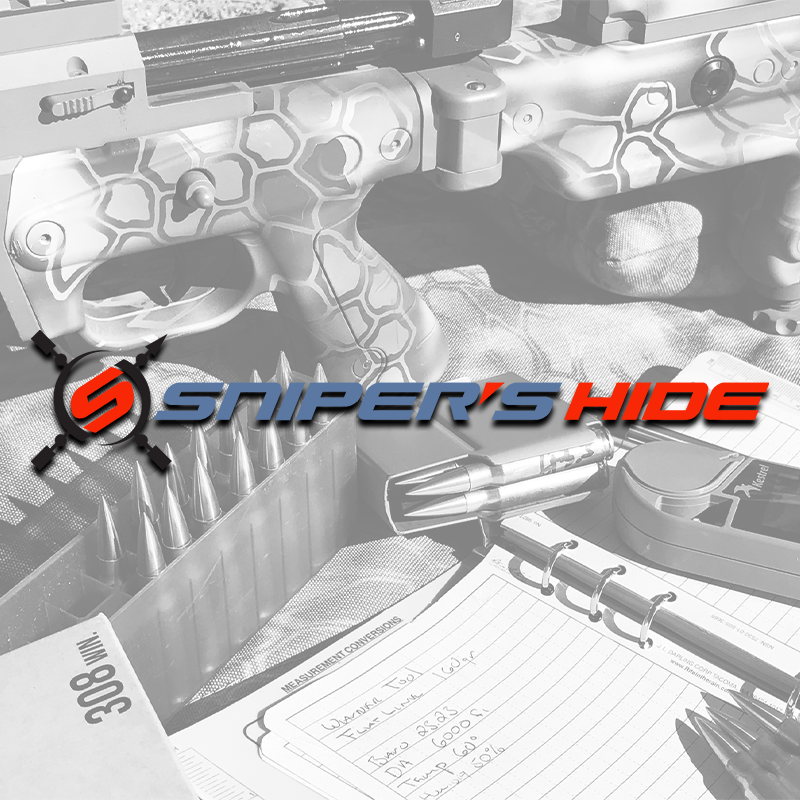Just started testing today with Reloader TS15.5 and liked what I saw today as far as velocity, ES/SD but groups left a little to be desired. Looks like 28.0-28.2 gr of TS15.5 is where I will concentrate on because the numbers looked good and gave me similar velocity to 29.0gr of Leverevolution.
Specs are:
Alpha 6ARC brass 1x fired at this point
Cci 450 primer
Berger Elite Hunter 108gr
Coal 2.250”
Starting to get fairly compressed loads around 27.5gr of TS15.5 so you can imagine 28.0gr and above are compressed enough to where my seating die is leaving a little ring on the bullet that you can just barely feel with your fingernail.
Dropping powder with a Area419 powder funnel with the 3” powder drop extension so that part is covered. What are you guys doing to help with your fairly compressed loads…. Except backing off the powder or going to a different powder.
Despite how compressed the 28.0gr load is I don’t have any pressure signs and like I said earlier velocity looks good for a non temp sensitive powder so Im trying to test this powder more and see how well I can get it to work.
Thanks everyone!
Specs are:
Alpha 6ARC brass 1x fired at this point
Cci 450 primer
Berger Elite Hunter 108gr
Coal 2.250”
Starting to get fairly compressed loads around 27.5gr of TS15.5 so you can imagine 28.0gr and above are compressed enough to where my seating die is leaving a little ring on the bullet that you can just barely feel with your fingernail.
Dropping powder with a Area419 powder funnel with the 3” powder drop extension so that part is covered. What are you guys doing to help with your fairly compressed loads…. Except backing off the powder or going to a different powder.
Despite how compressed the 28.0gr load is I don’t have any pressure signs and like I said earlier velocity looks good for a non temp sensitive powder so Im trying to test this powder more and see how well I can get it to work.
Thanks everyone!


